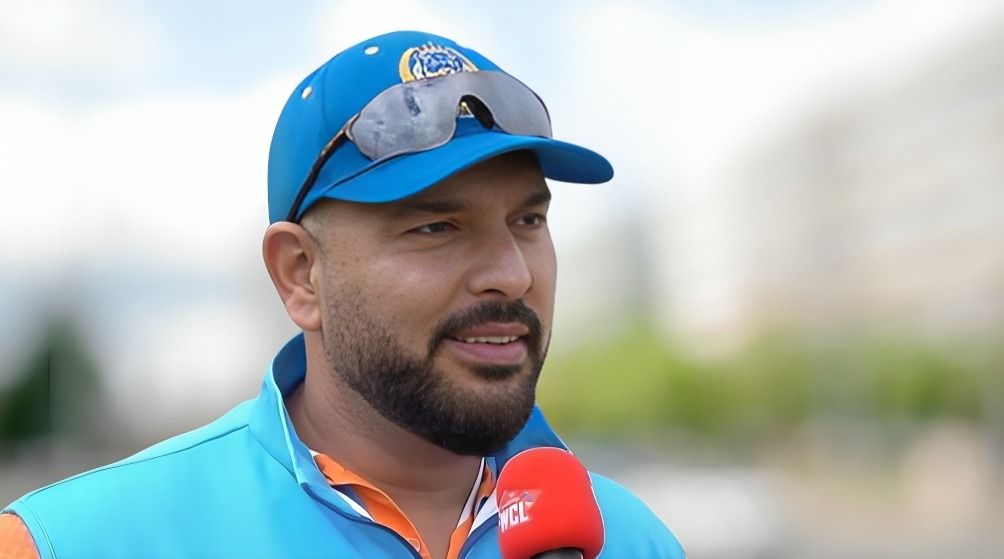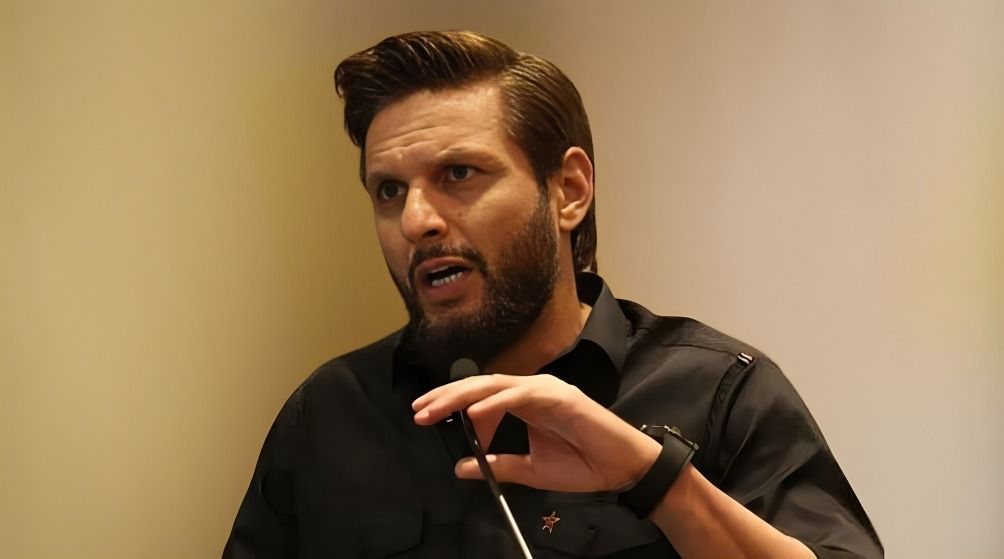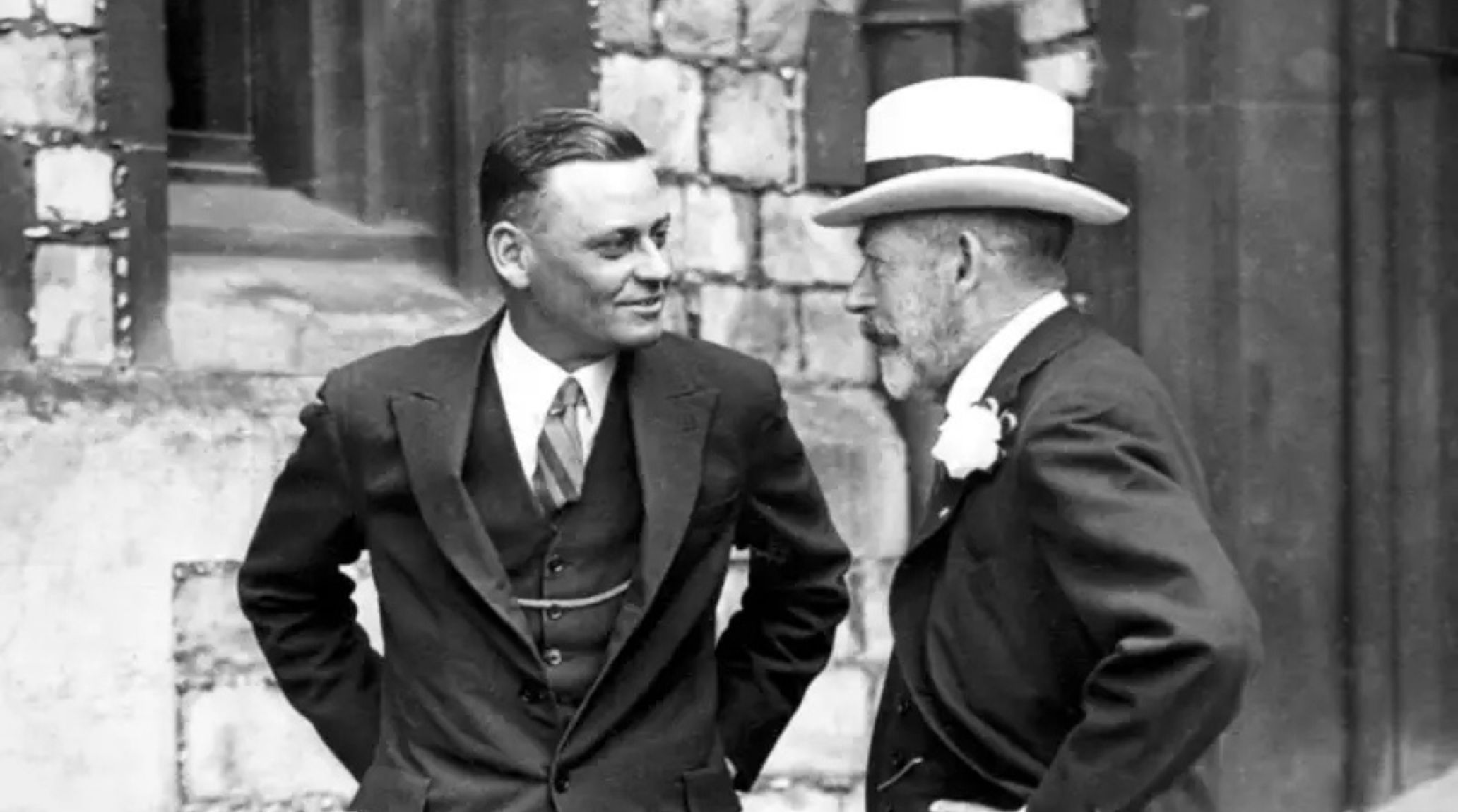
“
Hammond and Woodfull are iconic figures in the history of early cricket, both leaving an indelible mark on the sport. These two players not only showcased remarkable skill but also helped shape the game during its transition into the modern era. In this article, we uncover 20 fascinating facts about Hammond and Woodfull Factfile: The Icons of Early Cricket, exploring their influence and legacy in the cricket world.1
1
”
Wally Hammond was born on June 19, 1903, in Dover, England. He is considered one of the greatest batsmen in cricket history, representing England from 1927 to 1947. 1
Hammond made his Test debut for England in 1927 against South Africa and quickly established himself as a prolific run-scorer with his elegant and powerful stroke play. 2
Hammond amassed 7,249 runs in 85 Test matches, scoring 22 centuries, which was a record for most centuries in Test cricket until surpassed by Don Bradman in 1948. 3
His highest Test score of 336* was achieved against New Zealand in 1933, a record that stood as England’s highest individual score for nearly 60 years. 4
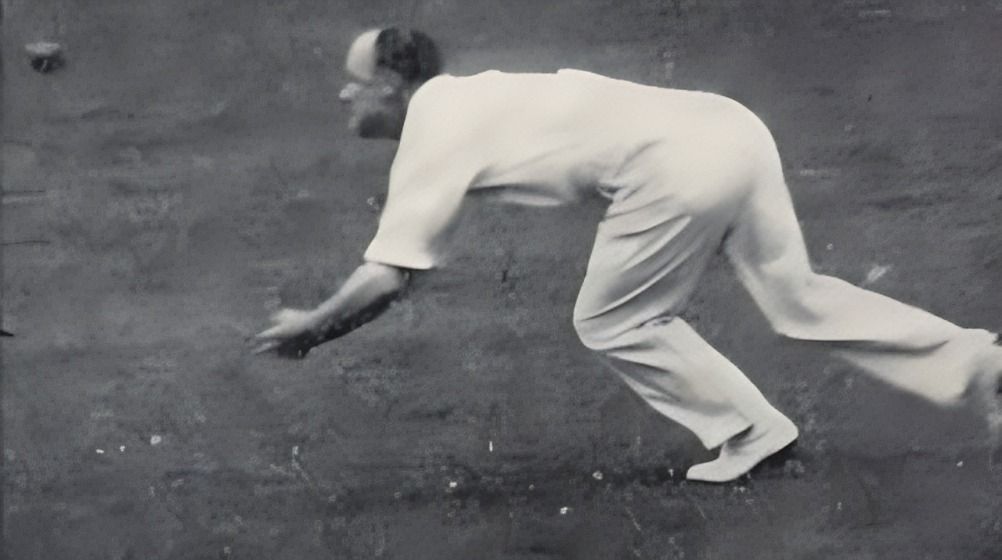
Hammond was an outstanding fielder, particularly in the slips, where he took 110 catches in Test matches, contributing to his reputation as one of cricket's best all-round players.
Off the field, Hammond was a quiet and reserved man, and although he had many admirers, he was known to be somewhat aloof, keeping a distance from teammates and fans. 5
Hammond’s career was interrupted by World War II, and though he returned to cricket after the war, he never quite regained the form that had made him a pre-war legend. 6
Hammond captained England in 20 Test matches, leading them to a series victory over South Africa in 1938-39, a highlight of his leadership career. 7
Wally Hammond married Dorothy Lister in 1929, but the couple later divorced. He remarried Sybil Nessie Swain in 1951, though their marriage was also short-lived. 8
Hammond retired from cricket in 1947, and though he tried his hand at coaching and business ventures, he struggled with financial and personal issues later in life. 9
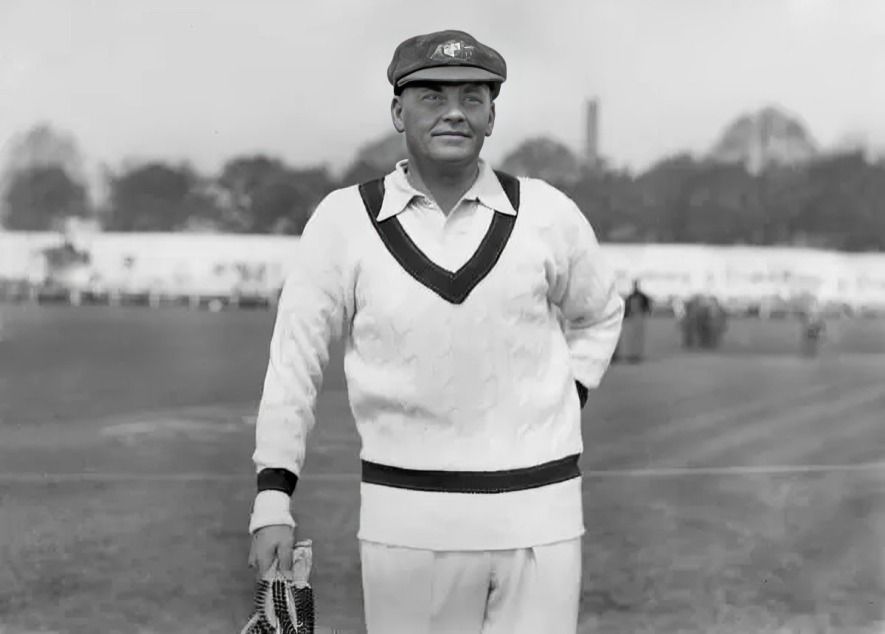
Bill Woodfull was born on August 22, 1897, in Melbourne, Australia. He was known for his dignified demeanor and was nicknamed "The Great Unbowlable" for his solid technique.
Woodfull made his Test debut for Australia in 1926 against England and played 35 Tests, scoring 2,300 runs, including seven centuries, with an average of 46.00. 10
He is most famous for being Australia’s captain during the infamous Bodyline series in 1932-33, where he showed great leadership under immense pressure from England’s tactics. 11
Woodfull’s leadership was marked by his calm temperament, and he refused to retaliate despite England's aggressive Bodyline tactics, earning widespread respect. 12
His famous quote, "There are two teams out there, but only one is playing cricket," during the Bodyline series remains one of the most memorable lines in cricket history. 13
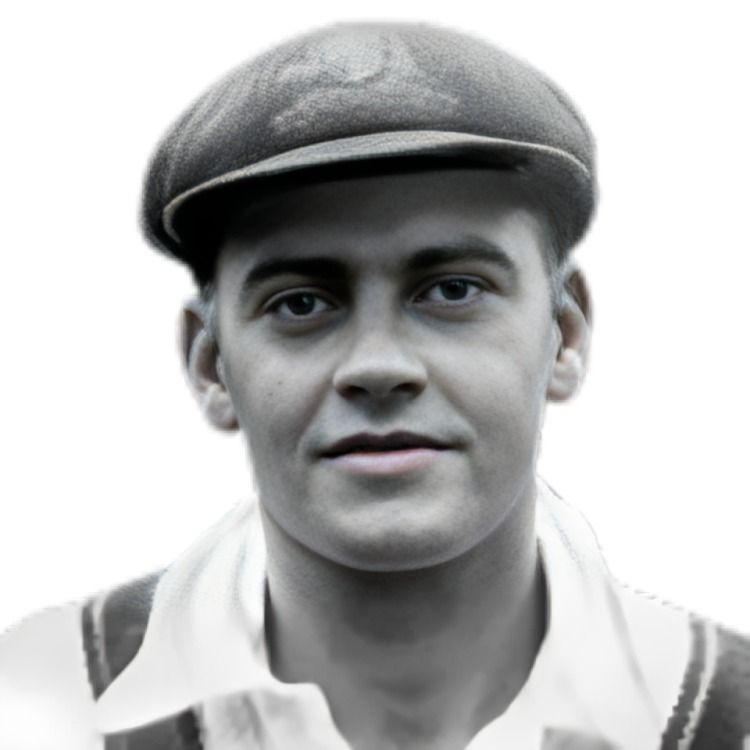
Woodfull scored 30,000 first-class runs, with 89 centuries, reflecting his consistency and skill as one of Australia’s most reliable batsmen during the 1920s and 1930s.
He captained Australia in 25 Test matches, winning 14, including reclaiming the Ashes in 1934, and is remembered for his sportsmanship and integrity.14
After retiring from cricket in 1934, Woodfull became a school principal in Melbourne, dedicating himself to education, where he remained until his retirement in 1962. 15
Woodfull married Gwen Lord in 1923, and they had three children. He was known for his private life, keeping his family away from the limelight during his cricket career. 16
Woodfull was awarded an OBE in 1963 for his services to cricket and education, cementing his legacy as a man of principle both on and off the field. 17
